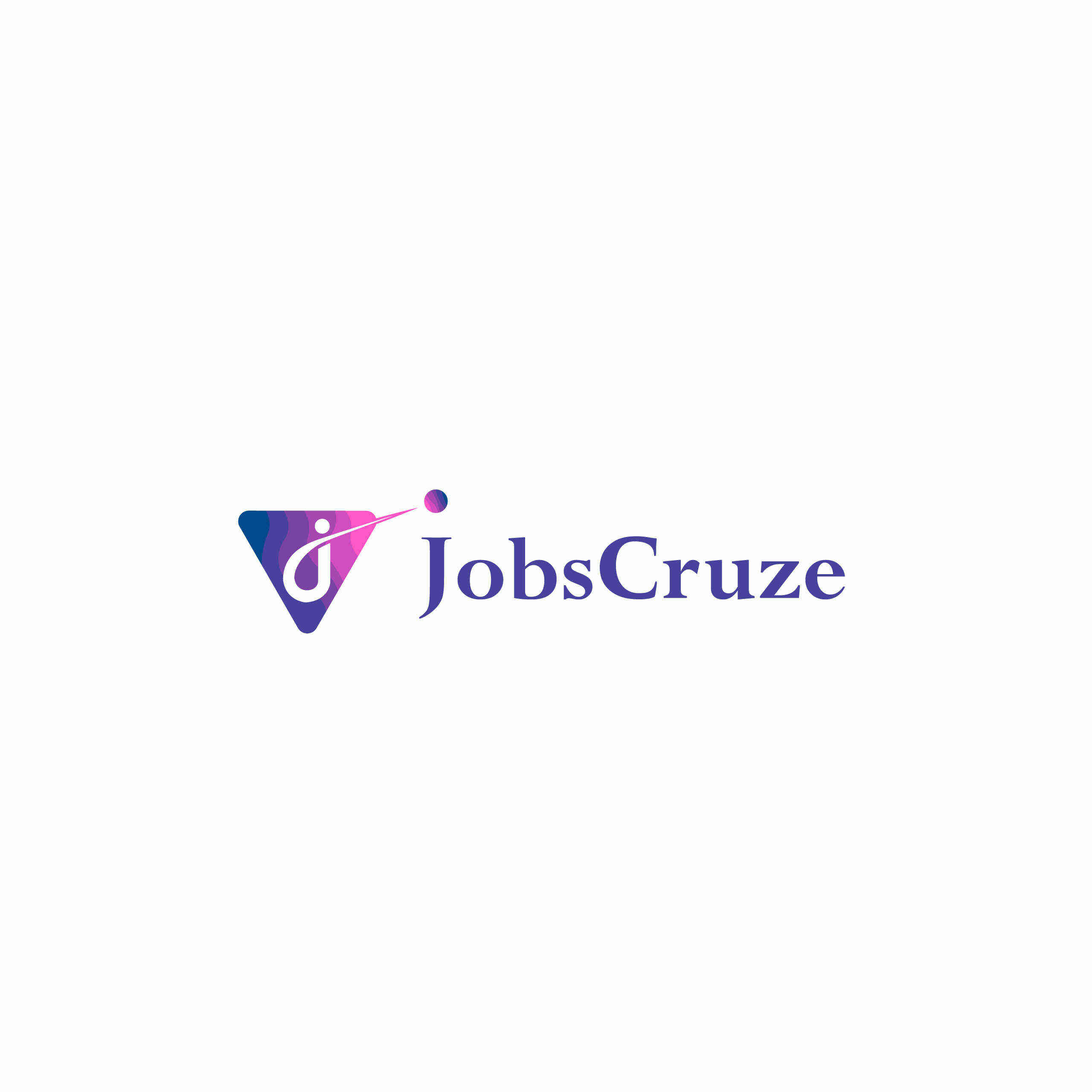

Your resume is the first thing potential employers see in today's competitive job marketplace. However, before your resume reaches a human recruiter, it must pass through an Applicant Tracking System (ATS). An ATS is a software used by companies to manage the hiring process, from receiving applications to tracking candidates throughout the various stages of the recruitment cycle.
Optimizing your resume for ATS is important to increase your chances of landing interviews. By following best practices for ATS optimization, you can ensure that your resume is parsed correctly by the system and ranks highly among other applicants. In this blog post, we'll explore the key strategies for creating an ATS-friendly resume that will help you stand out and get noticed by recruiters.
At JobsCruze, we offer ATS-compliant templates that organize your work experience and details in the best way for easy reading. Our resume builder is designed to be simple and quick, so you can create a professional-looking resume without any hassle. Our resumes are made to work perfectly with ATS (Applicant Tracking Systems)! Recruiters use ATS to quickly find important information from resumes. Our team has studied many ATS systems to know what works best for job seekers. Choose JobsCruze to ensure your resume gets noticed and increases your chances of landing an interview!
An Applicant Tracking System (ATS) is a software application that helps companies manage and streamline their hiring process. ATS software looks at resumes and pulls out important information like contact details, work history, skills, and education. This data is then stored in a database, allowing recruiters to search, filter, and rank candidates based on their qualifications and fit for the role.
When you submit your resume online, it is typically uploaded to the company's ATS. The system then analyzes your resume, looking for specific keywords, phrases, and formatting that match the job requirements. If the company thinks your resume matches what they are looking for, they will put it higher up on their list, increasing your chances of being contacted for an interview. However, if your resume is not optimized for ATS, it may be overlooked or even rejected by the system.
Keywords are important for getting your resume noticed by ATS. Here’s how to effectively incorporate them. Take your time to read job ads closely. Look for the skills, qualifications, and special words used in the industry that come up often. Use these keywords in your resume. If your job title is different from the one in the job description but is related, think about using the job title from the posting. This can help show that your experience matches the role. Incorporate both hard and soft skills mentioned in the job description. For example, if the job requires “project management,” make sure to include that exact phrase. List any relevant certifications or licenses exactly as they appear in the job description. This ensures that ATS recognizes your qualifications.
The format of your resume can significantly impact its readability by ATS. Follow these guidelines. Save your resume as a Word document (.doc or .docx) unless the job posting specifically requests a PDF. Word documents work better with ATS. Use a clean and straightforward design. Avoid complex layouts, graphics, tables, or images, as these can confuse the ATS. Organize your resume into clear sections (e.g., Summary, Experience, Education, Skills) with easily identifiable headings.
When making your resume, it's important to make it good for both computer programs and people to read. Here are some things to think about. Use bullet points to list your achievements and job duties. This makes it easier for people hiring to quickly read your resume. Don't try to fit in lots of special words. Use those words naturally when talking about your experience and abilities. Make sure your resume doesn't have any grammar or spelling mistakes. A resume that looks nice and neat shows you are professional and pay attention to details.
Make sure your contact information is easily readable and located within the body of the resume, not in the header or footer. Many ATS struggle to read information placed in these areas, which can lead to missed opportunities.
When submitting your resume to an ATS, it's important to follow the file type and naming conventions specified by the company. Most ATS are designed to work with common file types such as .docx (Microsoft Word) or .pdf (Adobe PDF). If no file type is specified, it's generally best to submit your resume as a .docx file. This format is widely compatible with ATS software and can be easily edited by recruiters if needed.
When naming your resume file, use a clear and descriptive filename that includes your name and the job title you're applying for. For example: "John_Doe_Marketing_Manager.docx". This helps recruiters quickly identify your resume and associate it with the specific job application.
To make your resume work well with ATS (Applicant Tracking Systems), you need to organize it so the system can read it easily. Here are the key sections to put in your resume.
At the top of your resume, provide your name, address, phone number, and email address.
Write a concise summary of your professional background, skills, and career goals.
List your work experience in reverse-chronological order, with each position including your job title, the company name, dates of employment, and bullet points describing your responsibilities and achievements.
Include your educational background, including the degree, institution, and graduation year.
List your relevant skills, including both hard and soft skills, as well as any certifications or licenses you hold.
When writing your resume, use simple and clear words. Avoid using complicated language or special words only used in a particular field. Use bullet points to highlight your key accomplishments and responsibilities, and ensure that each bullet point begins with an action verb.
It may be easy to use the same resume for all jobs, but it's important to change your resume for each job you apply to. Customizing your resume to match the job description can help the automated system identify you as a good candidate. To change your resume, carefully read the job description and find the most important words and requirements. Then, use those important words naturally in your resume to show that your skills and experience match what the job needs.
You can use the tool Jobscruze to check your resume against the job description and find ways to make it better. This tool gives you helpful feedback on how well your resume works with applicant tracking systems (ATS) and suggests ways to improve it for specific job openings.
When optimizing your resume for ATS, it's important to stay away from common mistakes that can hurt your chances of getting noticed. Common mistakes include the following
These elements can be difficult for ATS software to interpret and may cause your resume to be rejected or ranked lower in the system.
While it's important to keep your resume clean and simple, avoid using too many different fonts, sizes, or styles, as this can confuse the ATS.
Always proofread your resume carefully to ensure that it is free of spelling and grammar errors. These errors can make your resume appear unprofessional and may cause it to be overlooked by the ATS.
Ensure that your resume formatting is consistent throughout, with clear and consistent headings, bullet points, and spacing.
Keep your resume up-to-date and focused on the most relevant and recent information. Remove any outdated or irrelevant information that may distract from your key qualifications.
An ATS-optimized resume is your first step toward securing an interview. By understanding how ATS works and implementing these strategies, you can significantly improve your chances of being noticed by recruiters. Remember, while it's essential to optimize for the system, your resume should also effectively show your skills and experiences to human readers. By following these guidelines, you can create a unique and effective resume that stands out in the competitive job market.

The JobsCruze Logo is already a Spirited Signature that proudly headlines the Vision we pursue for and those we serve and stand for.